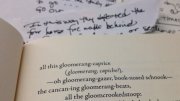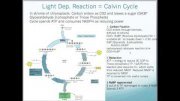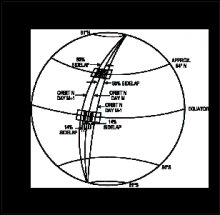 Land Use & Land Cover (return to top)
Land Use & Land Cover (return to top)
Every parcel of land on the Earth’s surface is unique in the cover it possesses. Land use and land cover are distinct yet closely linked characteristics of the Earth’s surface. Land use is the manner in which human beings employ the land and its resources. Examples of land use include agriculture, urban development, grazing, logging, and mining. In contrast, land cover describes the physical state of the land surface. Land cover categories include cropland, forests, wetlands, pasture, roads, and urban areas. The term land cover originally referred to the kind and state of vegetation, such as forest or grass cover, but it has broadened in subsequent usage to include human structures such as buildings or pavement and other aspects of the natural environment, such as soil type, biodiversity, and surface and groundwater (Meyer, 1995).
Land Use & Land Cover Change (return to top)
Land use affects land cover and changes in land cover affect land use. A change in either, however, is not necessarily the product of the other. Changes in land cover by land use do not necessarily imply a degradation of the land. However, many shifting land use patterns, driven by a variety of social causes, result in land cover changes that affect biodiversity, water and radiation budgets, trace gas emissions and other processes that, cumulatively, affect global climate and biosphere (Riebsame, Meyer, and Turner, 1994).
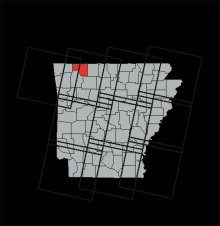 Land cover can be altered by forces other than anthropogenic. Natural events such as weather, flooding, fire, climate fluctuations, and ecosystem dynamics may also initiate modifications upon land cover. Globally, land cover today is altered principally by direct human use: by agriculture and livestock raising, forest harvesting and management, and urban and suburban construction and development. There are also incidental impacts on land cover from other human activities such as forests and lakes damaged by acid rain from fossil fuel combustion and crops near cities damaged by tropospheric ozone resulting from automobile exhaust (Meyer, 1995).
Land cover can be altered by forces other than anthropogenic. Natural events such as weather, flooding, fire, climate fluctuations, and ecosystem dynamics may also initiate modifications upon land cover. Globally, land cover today is altered principally by direct human use: by agriculture and livestock raising, forest harvesting and management, and urban and suburban construction and development. There are also incidental impacts on land cover from other human activities such as forests and lakes damaged by acid rain from fossil fuel combustion and crops near cities damaged by tropospheric ozone resulting from automobile exhaust (Meyer, 1995).
Contemporary global change consists of two broad types, systemic and cumulative. Systemic change operates directly on the bio-chemical flows that sustain the biosphere and, depending on its magnitude, can lead to global change, just as fossil fuel consumption increases the concentration of atmospheric carbon dioxide. Systemic change is largely associated with, but not limited to, the Industrial Age and thus has grown especially important over the more recent past (Turner and Butzer, 1992).
Cumulative change has been the most common type of human induced environmental change since antiquity. Cumulative changes are geographically limited, but if repeated sufficiently, become global in magnitude. Changes in landscape, cropland, grasslands, wetlands, or human settlements are examples of cumulative change. Some cumulative changes reached continental, even global, proportions long before the 20th Century, including deforestation and the modification of grasslands (Turner and Butzer, 1992).
ad management boston university university of connecticut jordan 4 university blue where is northwestern university ohio state university minnesota state university mankato worcester state university iona university university of arizona university of waterloo mississippi state university columbus state university patch management waynesburg university earned value management university of louisiana purdue university desales university duke university face masks university radiology hampton university embry riddle aeronautical university butler university hamline university lincoln university university of the incarnate word mankato state university cabrini university fisk university marywood university queen's university troy university california university of pennsylvania elmhurst university liberty university online texas state university columbia university waste management bagster university of dubuque where is harvard university youngstown state university midwestern state university western new england university university of san diego university of california, davis ncb management services tiffin university rider university washington university duke university acceptance rate bringston university stevenson university southern methodist university southern oregon university lawrence university university of minnesota duluth point loma nazarene university mansfield university judson university george fox university university of new orleans university of texas at arlington florida international university iona university university of nebraska lincoln henderson state university university of houston basketball university in greenville governors state university university of california davis university health system iona university where is yale university western illinois university salve regina university life university sacramento property management waynesburg university university radiology where is yale university creighton university change management plan receivables performance management ave maria university loyola university new orleans capella university sonoma state university george mason university carnegie mellon university gwynedd mercy university kansas state university caldwell university waynesburg university hudson home management carleton university colorado mesa university florida polytechnic university belmont university learning management systems winthrop university university of northern iowa bethel university california baptist university western colorado university trinity university rush university university of tennessee chattanoogaPlot your own organic chart on DEX like Orca using our crypto market making bot.
Source: cast.uark.edu
You might also like:
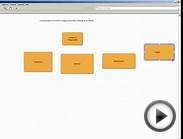
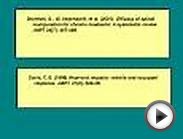

Related posts:

